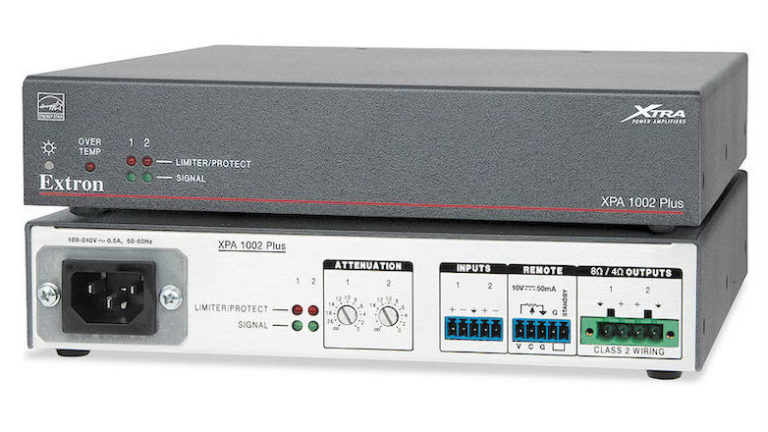To allow bidirectional transfer of control and state information between the amplifier and power supply, circuitry was devised which piggybacks information on top of that already being transmitted across an existing primary-secondary isolation boundary. This eliminates the additional cost and real estate optocouplers or transformers would entail.
The constant power model delivers 100W into either 4Ω or 8Ω by using a unique fast feedback-based audio signal/power limiter. My goal was to protect the load while simultaneously duplicating the electrical and sonic signature of an amplifier running a lower voltage rail for low impedance operation. The issue to address was that while a fast attack limiter would remove steady state clipping, the initial impulse would pass though unimpeded, temporarily delivering twice rated power to the load. To solve this problem, a circuit was devised which engages an auxiliary feedback loop whose bandwidth extends across almost the entire audio band. This actively and immediately limits the signal, protecting the load while the long-term limiter comes into play. This behavior is analogous to how a voltage limited 100W at 4Ω amplifier would behave.
